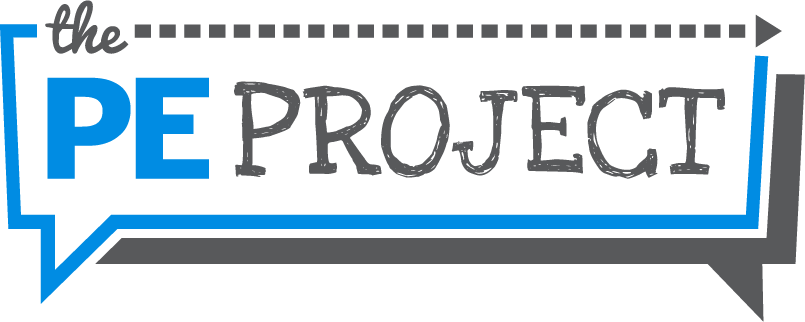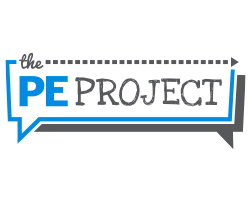'Reciprocal teaching' is a teaching style that is commonly used in physical education classes. This approach often involves students using a skill card or reciprocal card to learn how to perform a skill with a partner. This involves taking turns performing, observing and providing feedback to one another. The goal of this style is to improve skill technique whilst also giving students some independence in their learning and to build communication and leadership skills. In this article, we will explore the principles of reciprocal teaching in physical education, its benefits, and some examples of how it can be applied in a physical education setting.
The principles of reciprocal teaching were first introduced by Mosston and Ashworth in their book, 'Teaching Physical Education: A Handbook for Primary and Secondary School Teachers'. The authors proposed a spectrum of 11 teaching styles, with reciprocal teaching being one of the teacher-centered styles. According to Mosston and Ashworth, the reciprocal teaching style involves a four-step process:
- Teacher provides students with a skill/reciprocal card, technique video, or models the skill with clear teaching points for the class.
- Students then work in pairs or small groups, practicing how to perform the skill.
- When in the role of observer, the student will give feedback in comparison to the skill card or example.
- The teacher observes the pairs/groups and provides feedback to and through the observers.
One of the main benefits of reciprocal teaching is that it allows students to take on some ownership of their learning. By leading their peers through a skill or activity, students are able to develop a deeper understanding of the material and build confidence in their abilities. Additionally, reciprocal teaching encourages communication and leadership skills, which are valuable both in and out of the classroom.
Reciprocal teaching can be applied to a variety of physical education activities. For example, if students are learning how to play basketball, they can be divided into small groups and assigned a specific skill to teach to their peers, such as dribbling or shooting. Similarly, if students are learning how to swim, they can be assigned a specific stroke to teach to their group members, such as freestyle or breaststroke. By using reciprocal teaching in these scenarios, students are able to develop a deeper understanding of the skills they are learning and build their leadership and communication skills.
In conclusion, reciprocal teaching is a valuable teaching style that can be used in physical education classes to empower students to take ownership of their learning, develop their communication and leadership skills, and deepen their understanding of the material. Mosston and Ashworth's four-step process provides a useful framework for implementing this style in the classroom. By using reciprocal teaching, physical education teachers can help their students develop the skills and confidence they need to lead active and healthy lives.
References
- Mosston, M., & Ashworth, S. (2002). Teaching physical education: A handbook for primary and secondary school teachers. Pearson Education.
- Rink, J. (2014). Teaching physical education for learning. McGraw-Hill.










